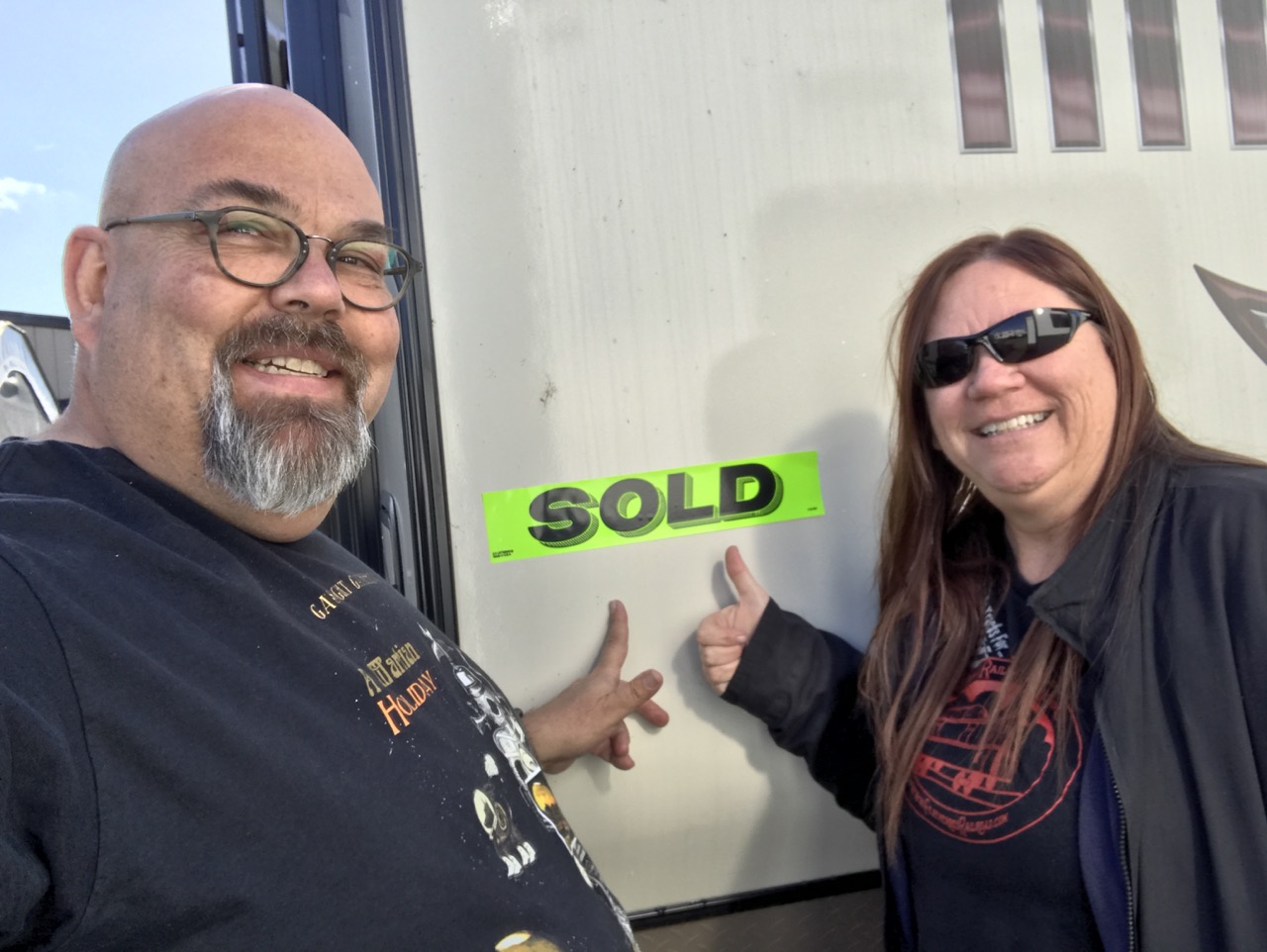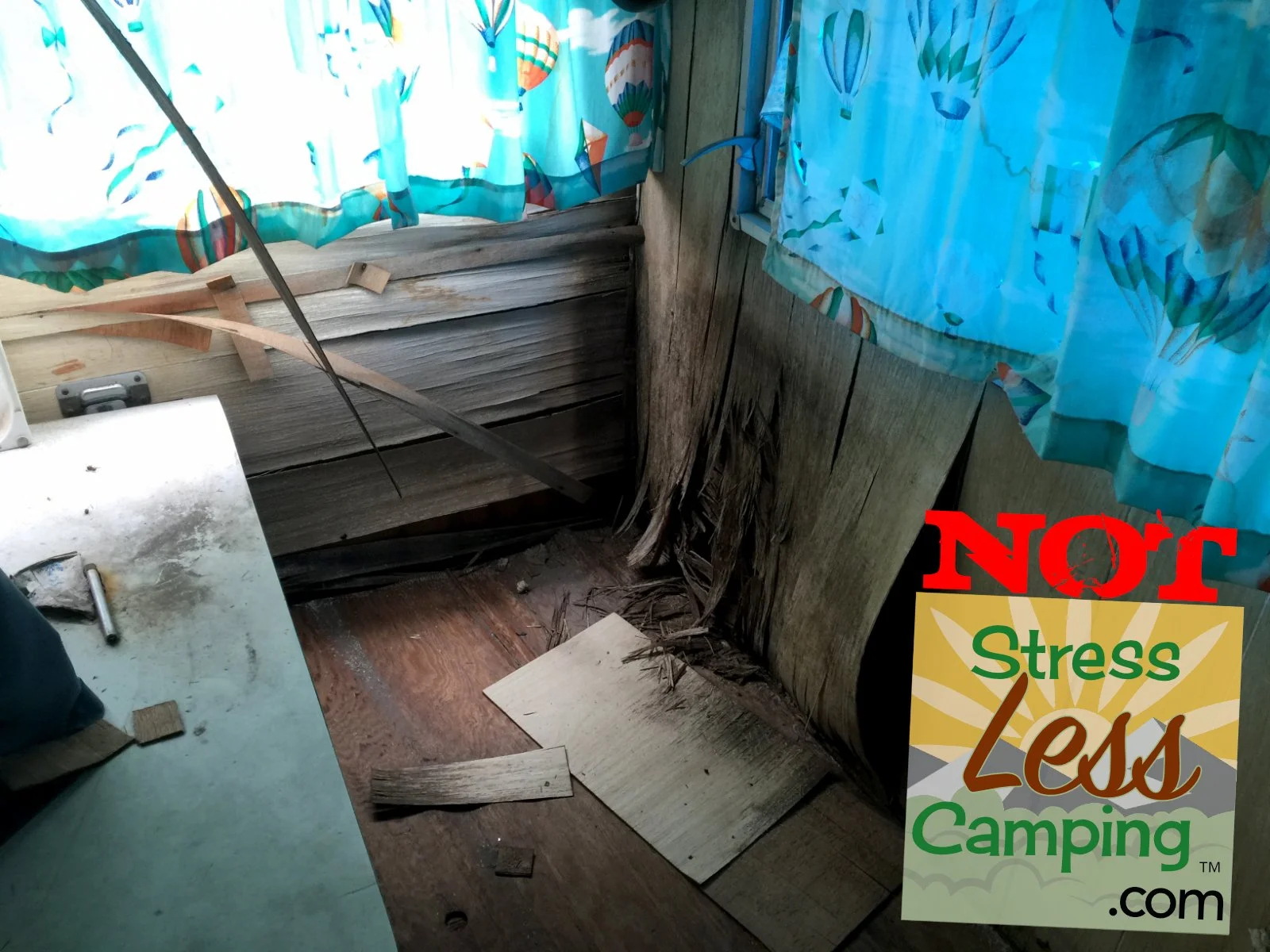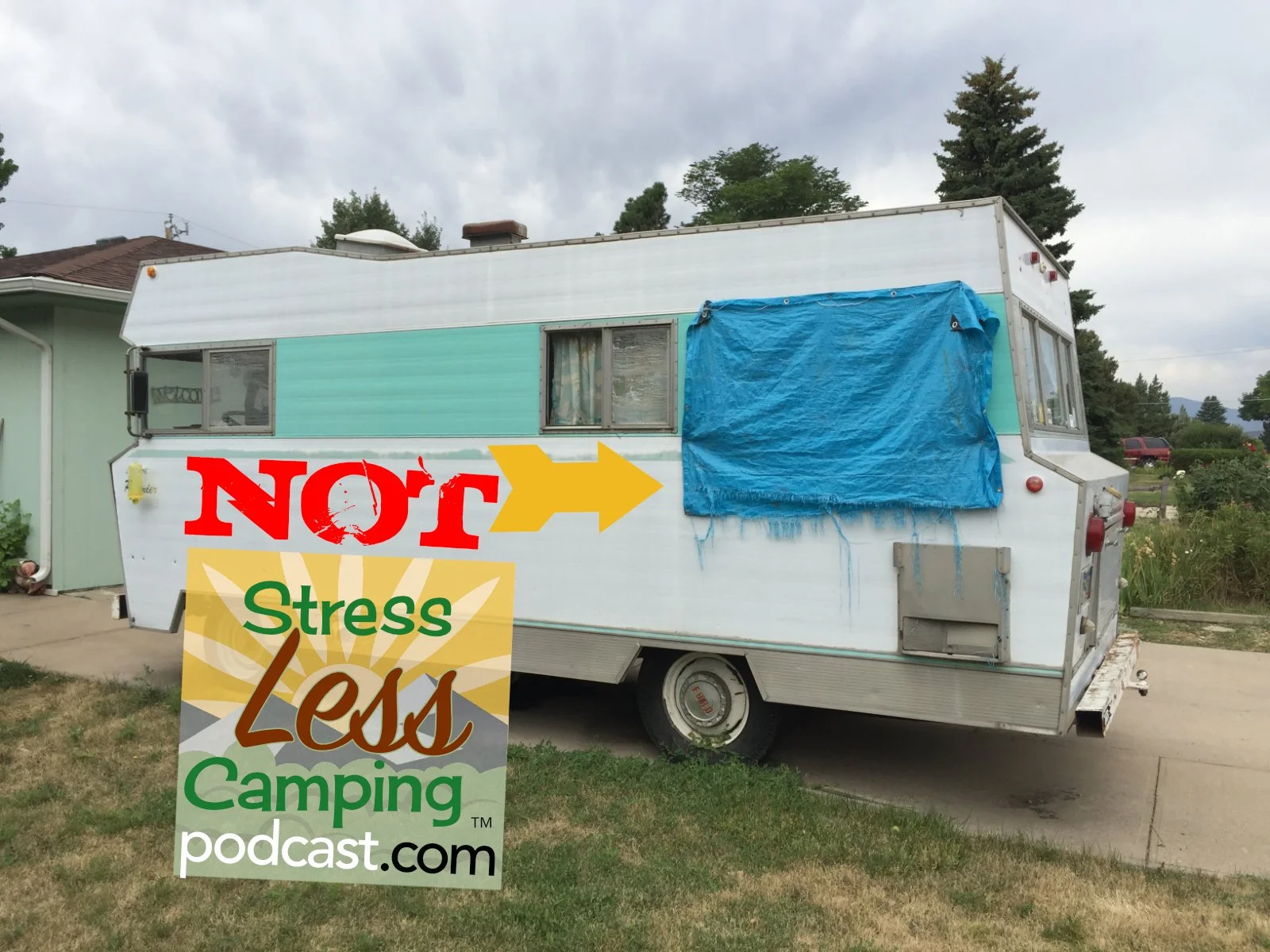RV construction comparison
What’s the best type of RV construction for StressLess Camping?
Water intrusion can really harm an RV but can the type of construction make a big difference?
If you’re out shopping for RVs you’ll notice some are very smooth sided and others are more corrugated. What’s the best type of RV construction for StressLess Camping? We have the answer here.
What that exterior surface indicates is how an RV is built underneath. Effectively there are two major kinds of RV construction - wood frame with an aluminum skin or aluminum framed with a fiberglass skin.
You’re going to find a lot of people who have a significant preference for one type of construction over another and there are distinct advantages inherent in each design. To further complicate matters, some RV manufacturers have derivations on the larger theme that can make a significant difference. But the decision on which to choose may be easier than it seems.
Wood Framed RVs
Wood framing is the most traditional form of RV construction going back the earliest days of RVs. Essentially the RV manufacturer builds a large wooden frame from “ribs” much like a house, but significantly smaller, and staples the exterior and interior walls to that. Between interior and exterior surfaces are generally insulation along with pipes and wires.
That’s how a house is built so you would think it’s a simple and logical way to build an RV, and it is. But an RV isn’t always simple and logical.
For example, did you know that an RV going down the road is experiencing the equivalent of a 4.5 earthquake while being buffeted by gale-force winds? Think about the winds - 60 mile an hour winds are the kinds you stay indoors from yet that’s what an RV is going through as you tow it down the road.
There has to be a balance in the construction between being so rigid that it can withstand this kind of torture over the miles but not so rigid that it’s inflexible. An RV made of concrete probably wouldn’t last long and would be too heavy as well.
In the RV industry this type of construction is called “stick and tin.” It definitely has its advantages. It’s the least expensive way to build an RV as there are basically no special tools required to build this kind of RV. Regular construction tools are all that’s needed and design changes can happen very, very easily.
Furthermore, since this type of construction isn’t all that different than home construction those who are handy with tools can make repairs, if needed, or even modify this type of rig.
If there’s body damage to this type of rig there are literally no special skills needed to reverse the damage, unless it’s really extensive and has affected the frame. Trailers have been built like this forever and it works.
But there’s a number of downsides. Since the walls are strips of aluminum that have a very irregular surface there are a tremendous number of places where water can get in which could cause mold and dry rot. Owners of stick-and-tin RVs should pay very, very close attention to all the seals around doors, windows, vents and anywhere else that a hole exists in the aluminum siding. It’s a very good idea to go around and make sure these seals are good several times a year. Unfortunately not everybody is good with maintenance and this is why you see so many vintage trailers where someone has to completely disassemble them to make them roadworthy again.
Furthermore, wood-framed trailers tend to be heavier unless the ribs are super thin, which is also bad. So you won’t find too many trailers of this type of construction in the “light” category, although there are 20-foot trailers around 4200lbs which isn’t that bad.
Aluminum Framed Trailers
Fiberglass-skinned aluminum-framed trailers are a newer type of rig that has some significant advantages. First of all, it’s lighter than wood-framed trailers, especially as the trailers get larger. The fiberglass skin is bonded to a wood product called Luan which is then bonded to the insulation or aluminum ribs that have been welded into a solid cage-type structure. Then the inner wall is bonded to the assembly making for a very light yet strong wall.
There are a variety of ways of bonding these walls - some companies use pinch rollers and others use a vacuum bonding process. Vacuum bonding is better but more expensive as you have to have a machine as large as the side of an entire RV to do the vacuum bonding.
A tree limb caused this impact damage to the side of our own trailer.
Among the other disadvantages of this type of construction comes from, again, not minding the holes and water getting in and damaging the Luan wood portion of the construction causing the glue to come apart in a process called delamination. You can easily spot this in a used RV as the surface gets rippled. Not good.
Furthermore, if there is an impact, making a repair to a bonded trailer can be pricey and difficult. In fact we had a campground damage the side of our own trailer and the solution was to replace the entire wall of the trailer back at the factory. This was thousands of dollars to do properly.
But you’re saving a lot of weight and these trailers tend to be very solid while also being light.
Derivations
The two previously-mentioned types of construction cover the majority of RVs in the US, but there are absolutely derivations on these major themes. For example, some RV manufacturers building bonded trailers are using a product called Azdel instead of the Luan. Azdel is purely man-made and impervious to water damage. It’s also lighter than Luan, but doesn’t have as much structural strength.
There are also smooth-sided RVs that aren’t fiberglass at all, but are aluminum-walled instead. Of course this is a more expensive process still but results in a very solid surface.
There are also companies that build RVs more like boats with all-fiberglass exteriors. Probably the most well known of these are the Casita RVs which tend to live long lives.
Then there are Airstreams which are built of sheets of aluminum in a Zeppelin-looking package that offers both light weight and strength. I’ve been told that Airstreams also use rubber gaskets on openings, but I’ve seen them apart and see that the same silicon caulk is used around things like heater vents and such.
The bottom line
There is no right or wrong answer to which type of trailer is for you. Each offers advantages and disadvantages and a solid, wood-framed trailer can be had at bargain pricing yet could last for decades with proper care.
And that’s the biggest factor. No matter what type of RV you choose maintaining the seals around all the openings is absolutely key to having it last a good long time. As much of a stickler as I am about maintenance, I missed the seal around a marker light on my own trailer and caused a delamination. Sad.
Checking all the seals, especially the ones on the roof, at least every six months is the biggest factor in having your RV last as long as your desire to enjoy it.
We also have an episode of the StressLess Camping RV podcast with details about RV construction featuring Josh the RV Nerd from Bish’s RV.






